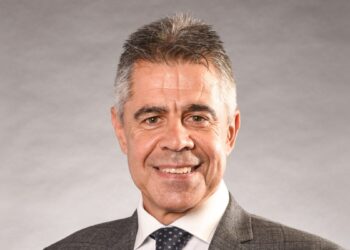Daniel Butler, director of DBA Lawyers, said while it may appear tempting for an FDT to distribute to an SMSF, especially in the lead-up to 30 June when FDTs must resolve which beneficiaries to distribute their net income to for the current financial year, there are several hurdles and potential penal taxes that may arise.
“This is despite the usual attractive 15 per cent tax rate that an SMSF may appear to offer or, if the SMSF is in pension-retirement phase, the potential nil tax rate may apply to earnings from pension assets,” Butler said.
“Those who are not aware of the substantial risks could face serious consequences.”
He explained that regarding FDT distribution, an SMSF would be taxed at the NALI tax rate of 45 per cent on the amount received even if the fund is in pension mode. Additionally, the distribution will also be treated by the ATO as a contribution to the member(s) and could be taxed as high as 90 per cent tax if the distribution results in an excess concessional contribution and the excess CC results in an excess non-concessional contribution (NCC).
“Typically, however, a contribution will incur the usual 15 per cent tax or 30 per cent if Division 293 applies where the income threshold exceeds $250,000 for that financial year,” he said.
“Also, if the NCC is released, there should be no excess NCC tax but there will be tax payable on the associated earnings.”
Tax Ruling 2010/1 reflects the ATO’s position and states:
“An entitlement to income or capital from a trust in which the superannuation provider has an interest will not be a contribution to the fund where the fund is merely receiving income or capital as a return on, or of, moneys invested in the trust in the same way as any other entity that has an interest in the trust. In these circumstances, the distribution is not made because the recipient is a superannuation provider but because it is entitled to a return on, or of, the investment in the trust”.
In the following section (142), the ruling continues:
“An appointment of income or capital made by the trustee of a discretionary trust to a superannuation provider is, however, a contribution to the fund. In these circumstances, the appointment increases the capital of the superannuation fund.
“The amount cannot be characterised as income, profit or gain from the use of the existing capital of the fund. Further, in appointing an amount to a trust that has a particular purpose, whether the trust is a charitable trust or superannuation fund, the trustee must be taken to intend to have the appointed amount used for the purpose of that trust. It is therefore necessary to conclude that the trustee’s purpose in appointing an amount to a superannuation fund is to provide benefits to the members of the fund. The trustee of the discretionary trust will be concerned with the identity of the superannuation provider when choosing between the objects of the trust.”
Butler said there are also further risks of distributing from an FDT to an SMSF that the ATO might challenge from a Superannuation Industry (Supervision) Act 1993 (Cth) perspective.
“One issue is if the FDT has made a family trust election (FTE) a further 47 per cent tax can apply as the SMSF is likely to be an ‘outsider’ to the ‘family group’ unless the SMSF itself has made an interposed entity election (IEE) or an FTE where the test individual to the IEE or FTE is the same test individual to the FDT (refer to Schedule 2F of the Income Tax Assessment Act 1936 (Cth),” he said.
“The ATO may also query whether the SMSF is an eligible beneficiary under the FDT deed in any event. I would recommend that those with unit trusts that are not fixed have them checked to ensure there is no NALI as there are a range of unit trust suppliers that have different classes of unit trust deeds including hybrid and discretionary class units which could place SMSFs at risk under NALI.”


